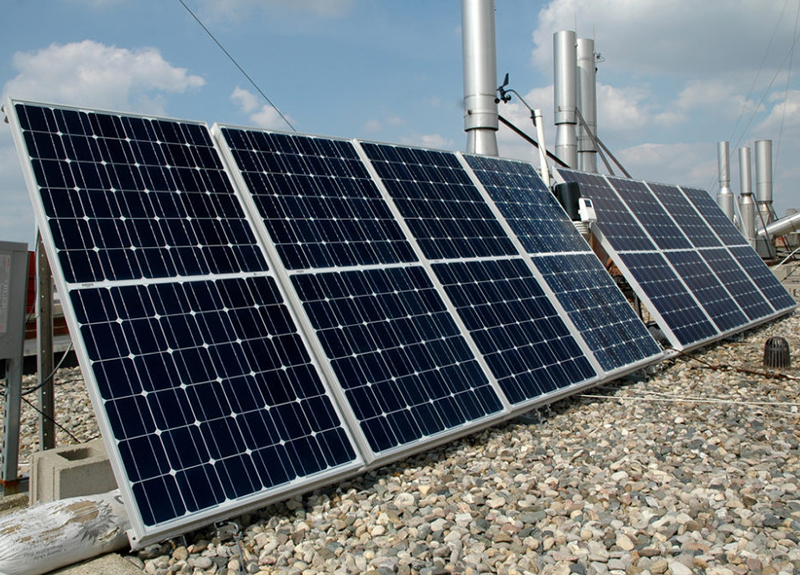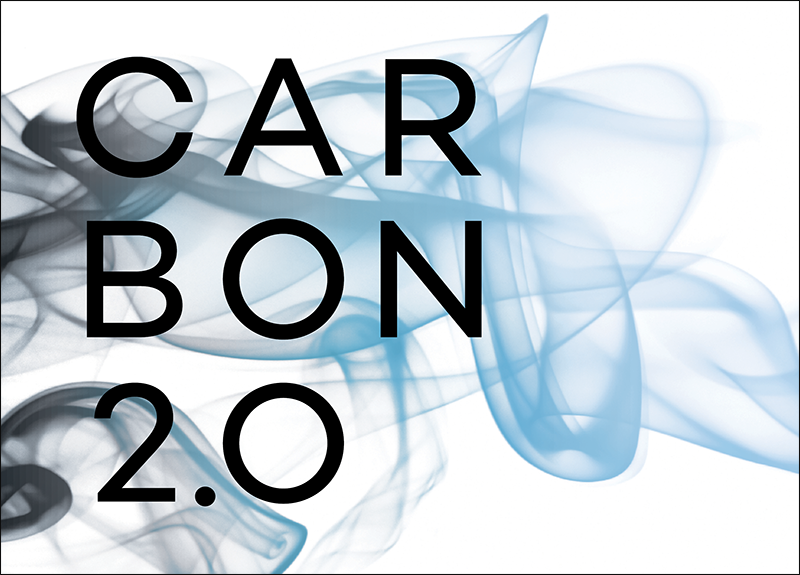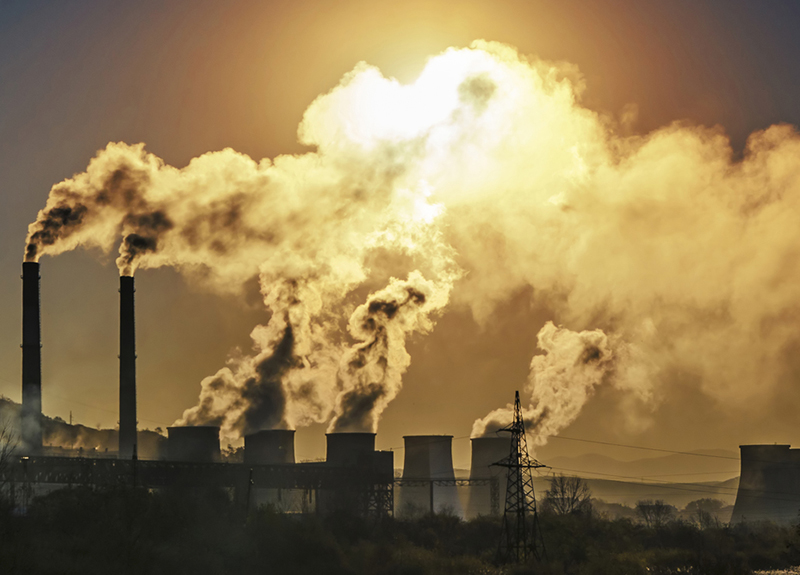Eric Masanet is a teaching faculty member at the Institute for Sustainability and Energy at Northwestern (ISEN). Article originally published in Midwest Energy News.
The global energy system is evolving, but not fast enough to meet decarbonization goals aimed at curbing the worst impacts of climate change, according to an International Energy Agency (IEA) report released in Chicago last week.
To meet those goals, governments across the world must implement stronger policy support for low-carbon fuels, according to the report, and both private and public entities must dramatically ramp up investment in clean-energy research and development.
An “integrated approach” is key to a successful shift toward a low-carbon global economy, the agency said in its annual Energy Technology Perspectives report. Energy technologies do not exist in a vacuum. Supply and demand interact via an increasingly interconnected system that relies heavily on systems-integration technologies like batteries, smart meters, demand-response programs and energy management software.
Taken together, these technologies “can help us get to a lower carbon future much faster than if those technologies just appear in a less coordinated fashion,” said Eric Masanet, associate professor of mechanical engineering at Northwestern University and head of the IEA’s energy demand technology unit.
“We need to move away from a one-directional energy delivery philosophy … in which we have large, centralized fuel production, power production, even large, centralized energy storage facilities delivering energy which is then consumed in the various end uses,” Masanet said in presenting the report at Coalition: Energy, an energy-themed co-working space in downtown Chicago. “We need to move from this to a system that is multi-directional, highly integrated, digitally enhanced.”
This kind of approach is already on display in parts of the Midwest. In Illinois, for example, policymakers have passed smart-grid legislation supporting distributed renewables and the information and communication technologies that support them.
Just a few blocks from where Masanet gave his talk is the Invenergy Control Center, which remotely maintains and operates more than 4,000 megawatts (MW) of wind turbines, natural gas generators and energy-storage systems across North America. Farther south, near the University of Illinois Urbana-Champaign, utility Ameren Illinois recently completed a $5-million, 1.5-MW microgrid that is the first to “island” nearby residential customers.
‘Focus on all energy technologies’
Still, these one-off initiatives and projects are a small piece of the global energy system, where only three out of 26 energy technologies assessed by the IEA are “on track” to keep global average temperature rise within 2 degrees Celsius, let alone a more ambitious 1.5-degree target. Those technologies include electric vehicles, solar-plus-storage and onshore wind, which have all experienced precipitous declines in cost over recent years.
“As costs decline, we will need a sustained focus on all energy technologies to reach long-term climate targets,” IEA Executive Director Fatih Birol said in a press release. “It is important to remember that speeding the rate of technological progress can help strengthen economies, boost energy security while also improving energy sustainability.”
Investment in early-stage energy technologies remain woefully inadequate, according to IEA. The world’s top three information-technology companies spend 40 percent more on research, development and demonstration (RD&D) than global private and public spending on clean-energy RD&D, according to IEA.
‘We just need to take action’
Recent policy shifts in Washington raise further questions about the trajectory of global decarbonization. Just two days before the IEA first released this year’s Energy Technology Perspectives report, the U.S. announced it would withdraw from the Paris climate agreement. China is the world’s largest emitter of greenhouse-gas emissions, but no country has cumulatively emitted more carbon than the U.S. has across its history. The U.S. also emits more carbon emissions per capita than any other country.
“Clearly, the U.S. move is going to have some implication in climate and the global energy system moving forward,” Masanet said at the launch event. “That said, we don’t have enough information yet to start modeling and teasing out what the effects will be.”
There is some momentum already underway, Masanet noted, which IEA expects to continue. Global emissions have essentially flatlined over the past three years, even as economic growth continued. Renewables supplied half of global electricity demand growth in 2016, according to IEA, and nuclear capacity reached its highest level since 1993.
Change is clearly underway in the system, according to IEA, but the change must come quicker.
“We have the technologies. We know the technologies,” Masanet said. “We just need to take action.”






